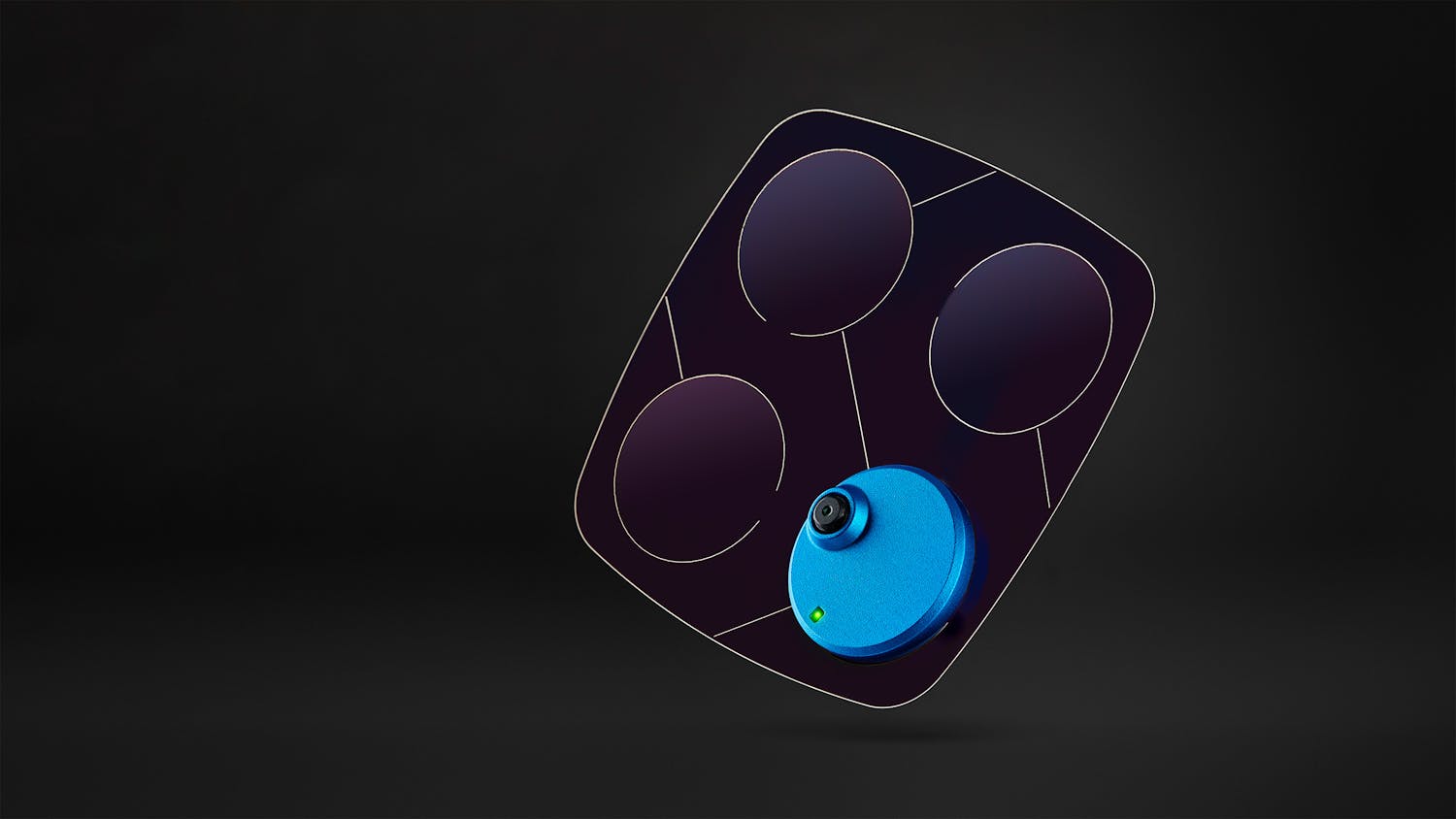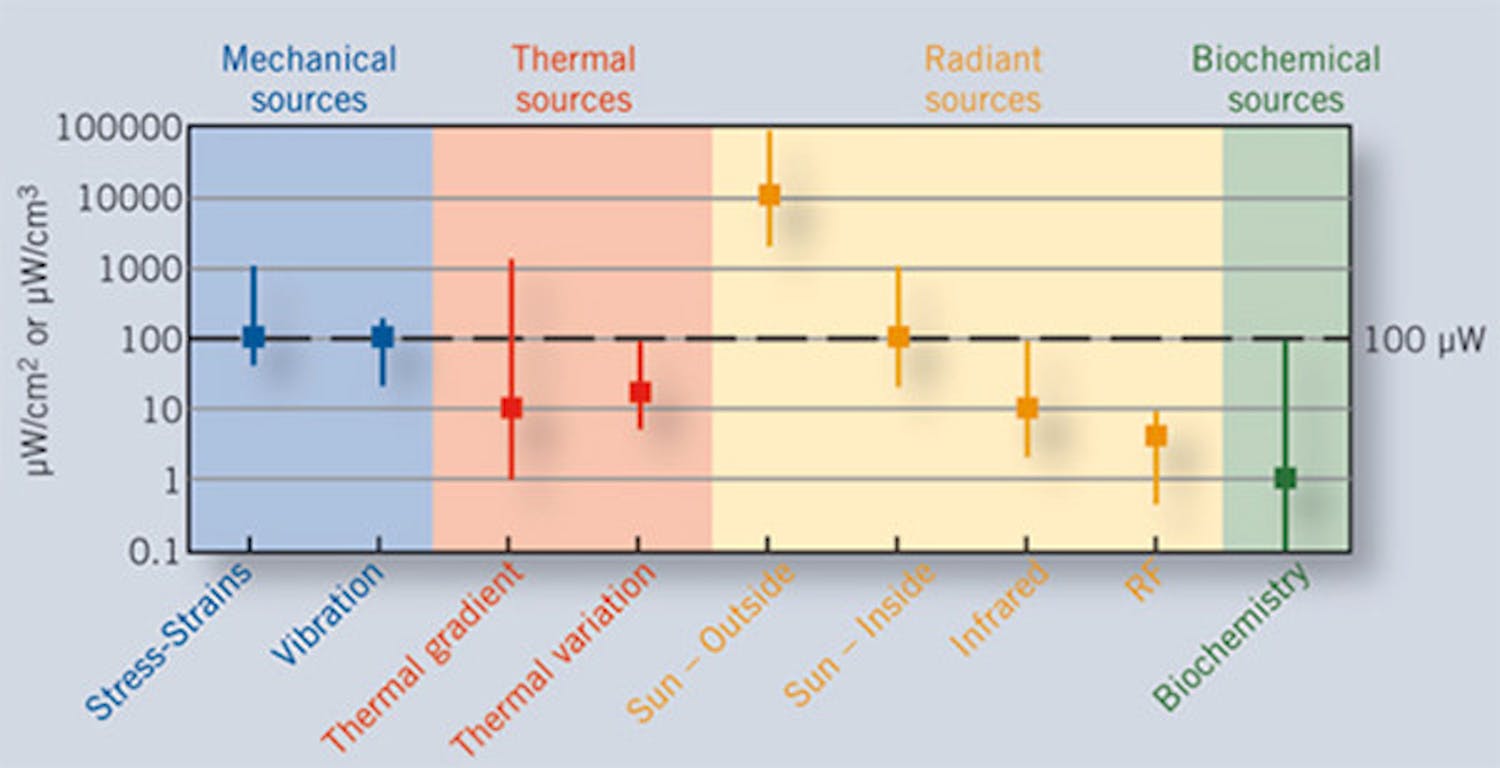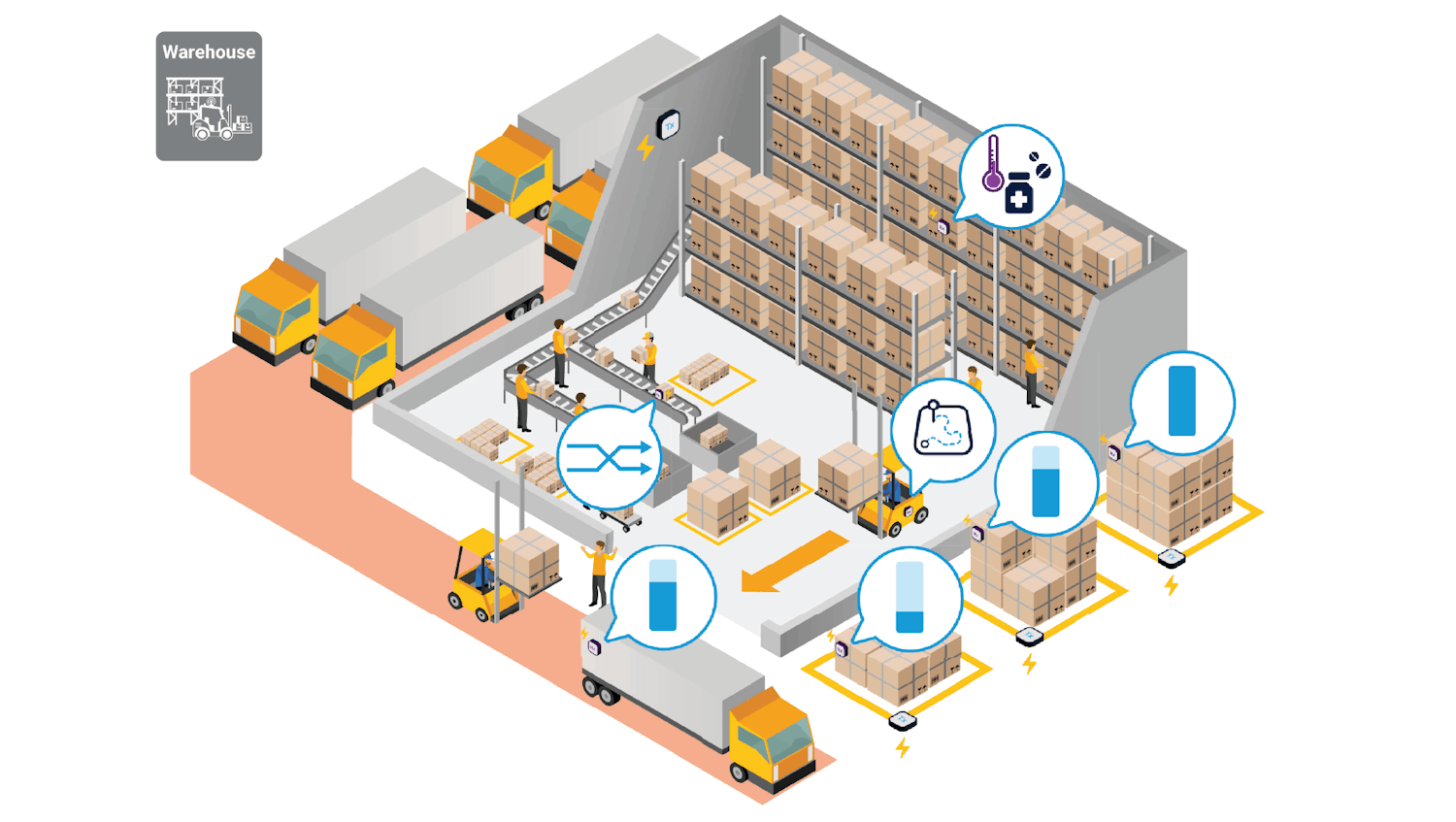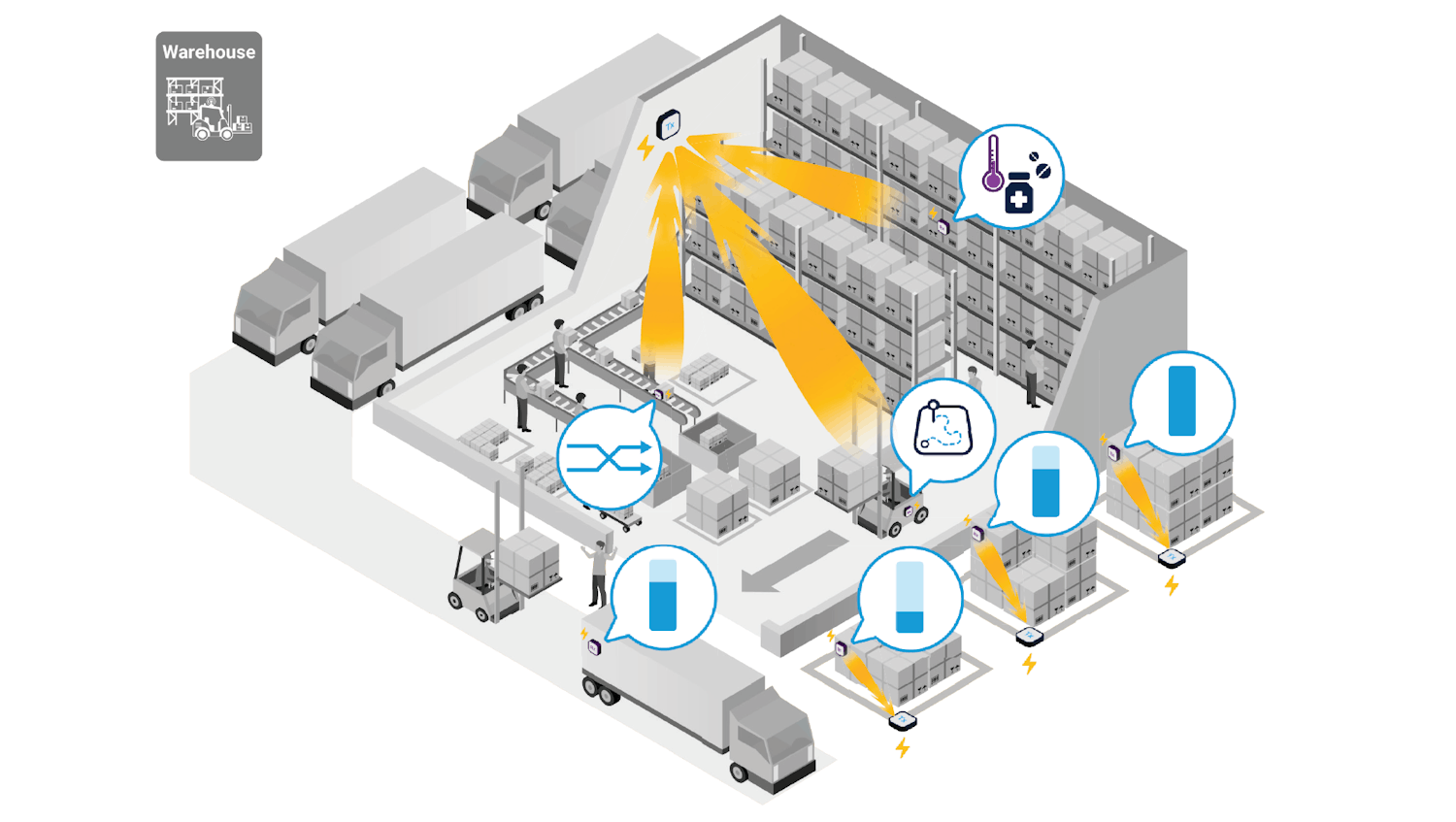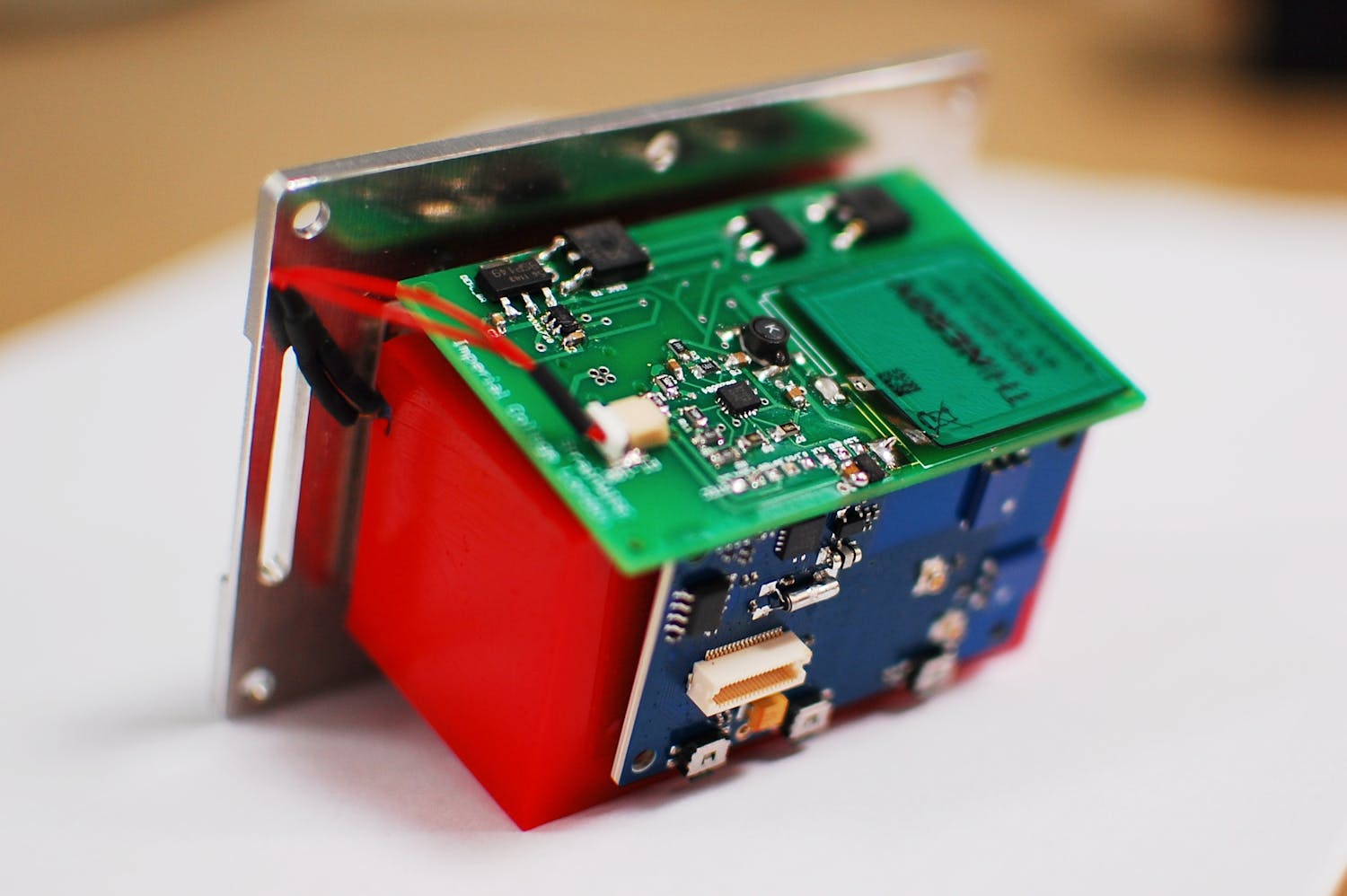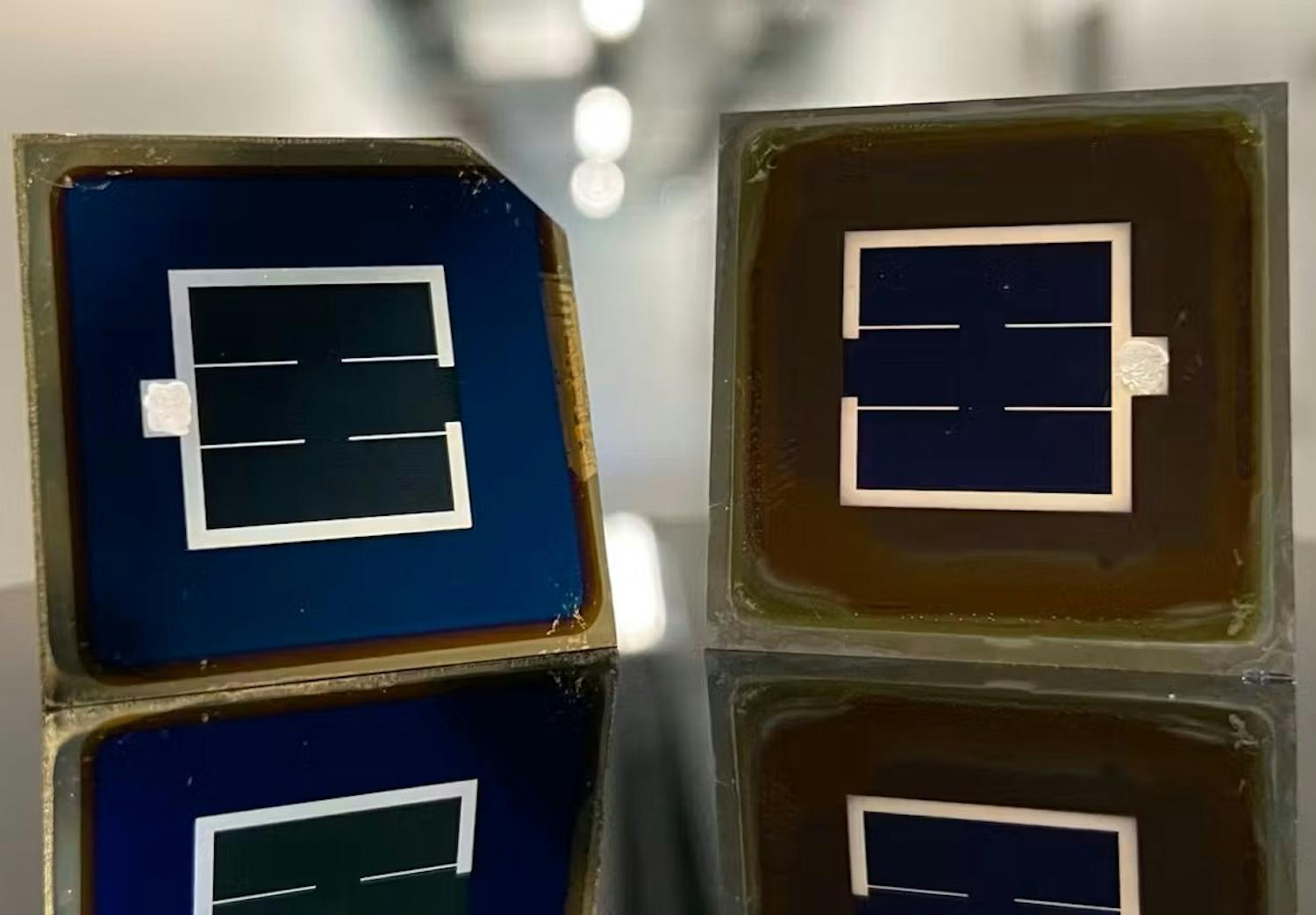Looking for an efficient self-powered solution for your wearable device and sensor?
Pervasive sensing brings considerable advantages to optimize processes, leading to savings in resources and reductions in waste. However, large-scale IoT deployments are hampered by battery-related maintenance costs and environmental footprint. As a result, a highly efficient energy harvester combined with a hybrid approach such as wireless power transfer (WPT) is essential to every solution that cannot rely solely on ambient power harvesting.
To address further miniaturization and efficiency challenges of far-field wireless power transfer, CSEM is investigating the complete WPT chain in collaboration with ETHZ and EPFL to provide solutions for transmitters, receivers, and power transfer protocols.
